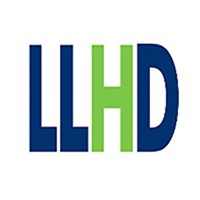
The Wright Center for Community Health
The Wright Center for Community Health Practices in Clarks Summit, Hawley, Scranton, Jermyn, North Pocono and Wilkes-Barre, offer primary health care services for children and adults across Northeastern Pennsylvania. Our practices follow the Patient-Centered Medical Home (PCMH) model, a delivery structure where treatment is coordinated through a patient’s primary care physician to ensure necessary care is received when and where they need it. Every Wright Center for Community Health location in Luzerne, Lackawanna & Wayne Counties is unique, but at every practice, patients will find innovative, team-based health care aiming to take into account all aspects of physical and mental/behavioral health. Doctors, nurse practitioners, physician assistants and medical support personnel collaborate with patients and their families to develop effective health care plans that work. Graduate Medical Education features eight residency and fellowship programs in Physical Medicine & Rehabilitation, Regional Family Medicine, National Family Medicine, Internal Medicine, Psychiatry, Cardiovascular Disease, Gastroenterology and Geriatrics. Our national partners are in Washington, Arizona, Ohio and Washington, D.C






